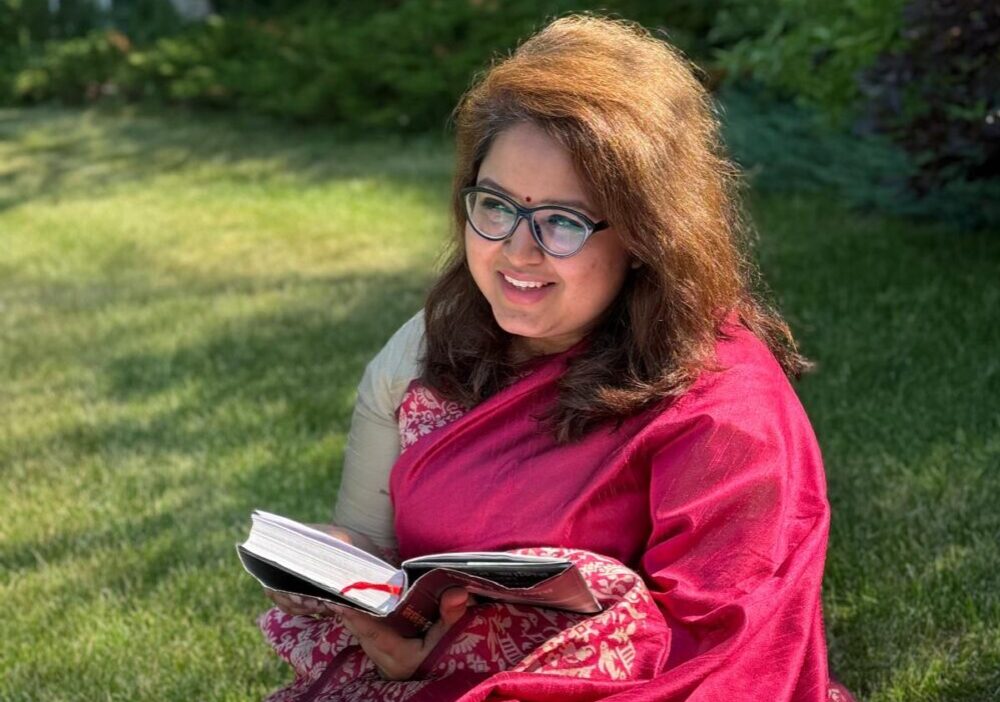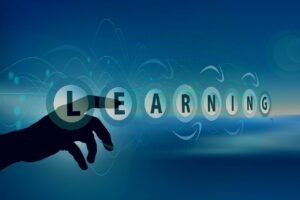My experience with blended learning and technology integration has been a mix of opportunities and challenges in Bangladesh. I have been teaching in Dhaka City School for over seven years, so teachers often use projectors, PowerPoint presentations and videos to make lessons more interesting and engaging for students.
Personally, I believe that blended learning is an excellent approach because it creates a good balance between traditional and modern teaching methods. When students rely solely on textbooks, paper-based activities, and reading and writing, the learning environment can sometimes become monotonous. However, incorporating online tools like PowerPoint presentations, videos, or interactive activities can make lessons more engaging and enjoyable. For example, instead of regular exams, we could ask students to create projects on specific topics, which allows them to learn in a more creative and hands-on way.
This approach helps students feel more included and engaged in the classroom. It reduces boredom and increases their interest in the lessons, making learning more meaningful and enjoyable. As a result, I believe attendance rates would improve, and students would retain the knowledge for a longer time because they feel connected to the learning process. Blended learning encourages active participation, making students feel valued and ensuring they stay motivated throughout their education journey.
During the COVID-19 pandemic, we shifted to online classes using Zoom. During COVID-19, we had to convert our classes to online platforms like Zoom and Google Classroom. While it sounds simple to say, it was actually very challenging. We had to prepare ourselves, the students, and even the parents for this big change. This was especially hard because, in most cases, the parents were working, so the children didn’t know how to use the platforms. They didn’t know how to open the apps, login, or complete their tasks without help.
Another major challenge was the lack of devices. Many families had only one device, but multiple children who needed to attend online classes at the same time. This created a lot of stress for everyone. Looking back, it might seem like we handled things well, but at that time, it was extremely difficult for educators, students, and parents to adjust and cope with the situation. It was a very tough experience for all of us.
The children in that rural area were not attending online classes because internet access and devices were not readily available. The situation there was vastly different from what I had seen in urban areas, where students could access online education more easily. In rural areas, the struggle was much harder.
I don’t want to blame anyone because everything happened so fast, and adapting to such a sudden change took time. Eventually, the rural schools came up with a solution. They introduced an alternate-day system where students would attend classes on different days to avoid crowding. For instance, some classes would take place two or three days a week while others alternated.
It was very difficult, but the government started televising classes six days a week. I am not sure how helpful these classes were for the students because there was no two-way communication. However, it was better to have something than nothing at all. Blended learning has also shown us great opportunities to make education more effective and meaningful.


Your post beautifully highlights the realities of blended learning and technology integration, especially in a context like Bangladesh. It’s inspiring to see how dedicated teachers like you have embraced these challenges and adapted to new ways of teaching during such difficult times.
Urban and rural students indeed face very different challenges, but the alternate-day system and televised classes show how people worked hard to find solutions, even in tough circumstances.
Your reflection shows the importance of blended learning in making education more accessible and enjoyable for everyone.
Your experience highlights how blended learning can make education. Thank you for sharing—it’s evident how much effort you put into supporting your students during such challenging times!
Your experience with blended learning highlights both the potential and the challenges of integrating technology in education, especially in a developing country like Bangladesh. The way you adapted to the situation during the pandemic, despite technological and logistical hurdles, is admirable. It’s clear that blended learning can foster creativity and engagement, but as you’ve pointed out, access to resources, such as devices and reliable internet, is crucial for its success. Your insights into rural versus urban challenges are valuable and remind us how important flexibility and innovation are in education.
Hey Shobarna,
Your journey teaching in Bangladesh really resonates with my own experience in my hometown. I completely agree with your belief that blended learning is an excellent approach as it strikes a perfect balance between traditional and modern teaching methods. Transitioning from paper and pen to technological gadgets has indeed proven to be a better way to assist and evaluate students.
COVID-19 has been a huge game changer for teachers and students alike. I’ve also faced similar challenges in rural areas, where some students couldn’t attend online classes and struggled a lot. But as you mentioned, it was better to have something than nothing at all.
Blended learning has certainly opened up great opportunities to make education more attractive and effective. Thank you for sharing your experiences!